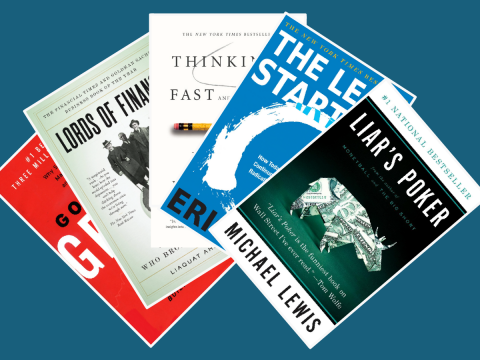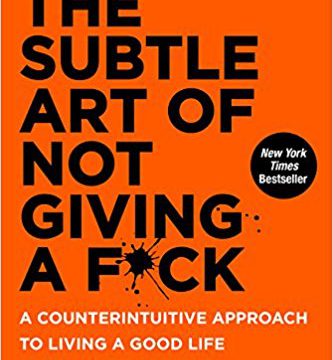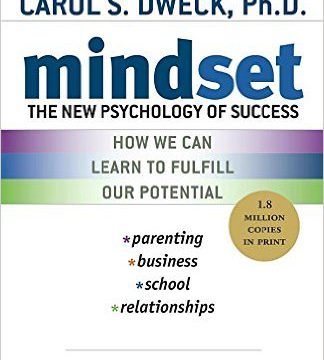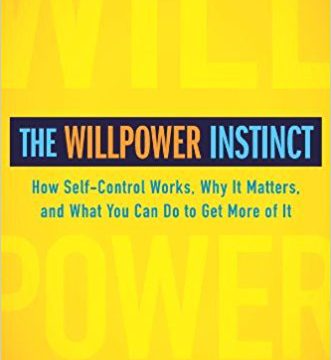Want to reach success in career? Prepare a reliable base! Best 11 books for investors.


No one was born a businessman. To reach success and put your career at the TOP level you need to work a lot. Each of the world famous prosperous businessmen and investors have spent a lot of time for the self-education and self-development. Why do you need it? Because regardless of how talented you are and how good is your business now, regardless you are an experienced businessman or you just start your career, you must develop permanently. There is no certain place where you can stop and say “ok, now I know everything”. You can learn during all your life and develop in different areas, the main rule here is the more you develop, the more successful results you get. In this article we collected a list of the best 11 books that can help you to expand your horizons and teach you something new. Each of the book presented here will perfectly suit for businessmen and investors and it is an inalienable part of the way to success if you are beginner. If you really want to reach success and to become a prosperous investor, then you came to the right place. Let’s begin!
The Millionaire Next Door: The Surprising Secrets of America's Wealthy
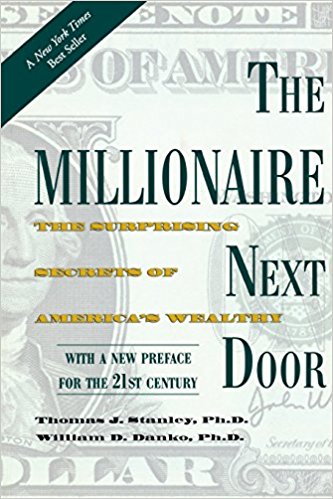
For 20 years, the authors of this book studied the lives of wealthy Americans and how they became rich. Stanley and Danko began with a survey of residents of prestigious villages and made a wonderful discovery: most of those who live in luxury homes and ride expensive cars do not have significant funds. They found something even stranger: many very rich people do not live in luxury homes located in prestigious suburbs. They do not have academic degrees, they did not receive money by inheritance and did not win them in the casino. More often, wealth is the result of hard work and economical life.
First of all, the authors were amazed that many of the millionaires interviewed by them did not give the impression of the rich people. They did not wear Italian costumes for several thousand dollars and Rolex watches, did not travel in prestigious and expensive cars. Few of them received the estate as an inheritance - they were rich in the first generation. They were not like millionaires. These people lived below their capabilities, but with sufficient comfort. They could not be called meanies, who are interested in money on their own. No, they did not deny themselves what a person with a decent income can afford, but at the same time planned and controlled expenses and regularly invested part of the income in assets. This book is a revolution in the business world and definitely will interested you.
Thinking, Fast and Slow
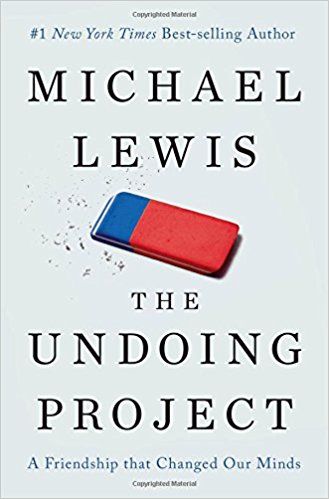
Psychologists distinguish two absolutely different modes of thinking, which can be called, for example, System 1 and System 2. System 1 is triggered automatically and very quickly, almost without any efforts and without giving a sense of intentional control. System 2 highlights the attention needed for conscious mental effort, including various complex calculations. While we are awake, both systems are working: the first is automatic, and the second is in a comfortable mode of minimal effort. When everything goes well, System 2 accepts System 1's proposals completely or almost unchanged. As a rule, you believe your impressions and act according to your desires, and usually it is quite acceptable. System 2 is activated when an event that breaks the model of the surrounding world in the view of System 1 is detected. Most of the time, System 1 performs its functions perfectly, but it has its own distortions and systematic mistakes, especially it is bad in logic and statistics. Basing on these two systems Nobel laureate Daniel Kahneman explains why we sometimes do irrational actions and how we make wrong decisions.
The Ascent of Money: A Financial History of the World
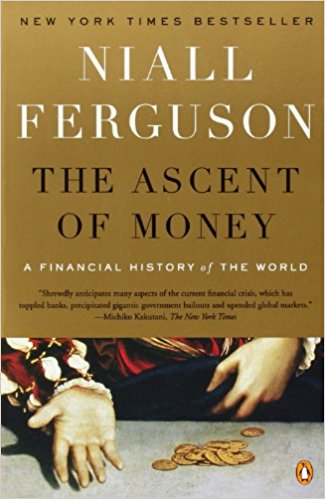
Money is present in the life of every person and very few people are left indifferent. Money attracts and disgusts. They determine the outcome of wars and help create wonderful works of art. It is quite surprising that the majority of people know very little about money. The famous British historian Niall Ferguson decided to fill this gap and accomplished this task with brilliance. In his new book "The Ascent of Money", which was created just in the midst of the global economic crisis, he restores the path traveled by money from antiquity to our days, simply and clearly explains the meaning of complex financial concepts and terms, and deals with the most entrenched errors. And of course, in the most detailed way sort out the causes of the current financial crisis. Today, more and more people are becoming part of the global financial system and acquaintance with the financial history of our world is important as never before.
Competitive Strategy: Techniques for Analyzing Industries and Competitors

The first edition of the "Competitive Strategy" by Michael Porter was published in 1980. At times exceeding the modest expectations of the author, who hoped that the book "will cause some interest", it became a guide to action for thousands of managers and economists and, moreover, gave impetus to a new direction of economic thought.
This edition of the book, first published in 1998, is enriched by examples taken from both old and new industries. According to the author, it is clearer than ever, the place of competitive strategy in the arsenal of management. Why the book is worth reading?
- With many reprints, Michael Porter's "Competitive Strategy" has been one of the best tools for analyzing the competitive structure of a particular industry for many years.
- The book contains practical advice on the actions of companies depending on specific market conditions.
- At the end of the book, applications about the methods of analyzing competitors and industries are published.
One Up On Wall Street: How to Use What You Already Know to Make Money in the Market
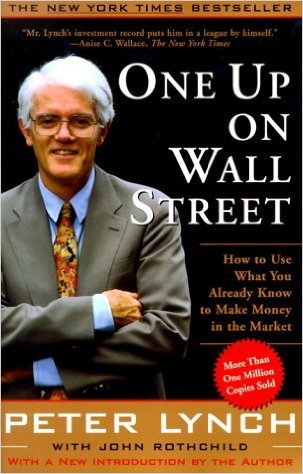
This book belongs to the pen of one of the most successful financial managers in the world. Peter Lynch does not offer magic formulas and recipes from the series "How to become a millionaire." His idea is simple: simple assessment techniques allow even a beginning investor to become an expert and make decisions as well as professionals from Wall Street. First of all, he offers the reader to evaluate himself as a potential investor. Then he goes on to the questions of looking for promising investment opportunities. The reader will learn what to strive for and what to avoid, how to interpret financial indicators. Explanations are extremely simple and understandable, like everything in this book, written with an amazing wit for such literature. Finally, the author goes over to specific aspects of investing, in particular, he answers questions about when to buy and when to sell. The book is intended for individual investors and for a wide range of readers interested in investing in shares.
Buffettology: The Previously Unexplained Techniques That Have Made Warren Buffett the World's Most Famous Investor
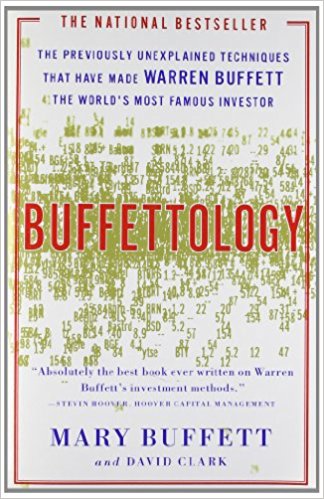
Famous investor Warren Buffett could boast of his own methods of financial management, which brought him world fame and recognition. In Buffettology, by the authorship of Mary Buffett and David Clark, you can understand on what Warren was based on, what winning strategies and tactics allowed him to achieve his goals.
Buffetology should become a very useful book for everyone who is interested in investment. Narrative in this book moves from the general (monumental concepts) to the particular (additional details, necessary explanations). In the first part of this book you will get acquainted with general investor theories that will help you to determine your investor interests.
In the second part of the book you will learn how to determine the optimal price. The direction of investor interests and price is the very essence of the philosophy of Warren Buffett. In addition to this in the Buffetology 54 companies are listed, which were and still are the object of Buffett’s interest. Some of them, before the appearance of the book, could not be associated with Warren, so this is some kind of revelation.
The Little Book of Common Sense Investing: The Only Way to Guarantee Your Fair Share of Stock Market Returns
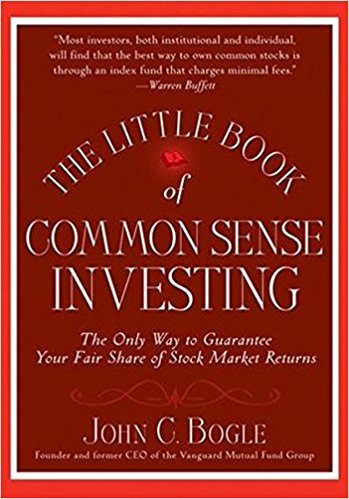
In front of your eyes there is a book-summary for everyone who wants to become and remain a real leader: here in a short and concise manner all the basic theoretical concepts, applied theories, practical methods and real leadership tools are set out. The materials of this book motivate and activate the internal and external transformation and positive changes in life, creativity, career and business. This book is a training which will help to acquire necessary skills, without which it is impossible to create a prosperous business. You will learn how to negotiate and convince, you can create a team of like-minded people, develop immunity to failure and learn the main principles of sales.
Stocks for the Long Run: The Definitive Guide to Financial Market Returns & Long-Run Investment Strategies
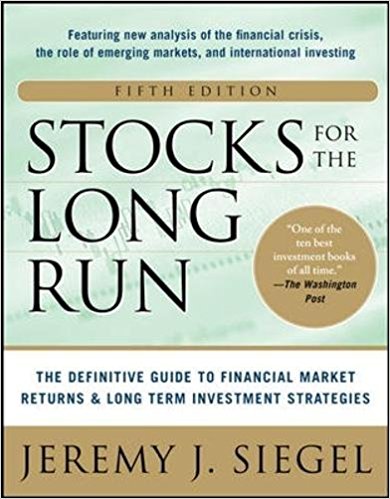
You hold in your hands the most complete of ever written manuals about the investments in the stock market. This is a modern bible of long-term investors, which will allow successfully operate in the changing conditions of global markets. Jeremy Siegel, professor of finance at the University of Pennsylvania, offers a powerful symbiosis of fresh facts and research results that will enable to form a strong investment portfolio with high profitability at moderate level of risk. The publication includes a review of the most up-to-date index instruments, a comparative assessment of funds and options, a study of the impact of seasonal factors, as well as an updated analysis of the most profitable shares.
The book will be useful to any investor who wants to create a highly profitable long-term investment portfolio with exceptional reliability and security.
Value Investing: From Graham to Buffett and Beyond

The author of the book is an economist of the prosperous investment company, which manages a fund of $97 billion. In his book, he not only gives an advice how to think about assessments and risks when investing, but also gives notable examples from the crisis 2008-2009. His view of the markets and his thoughts on building success can be considered, if not priceless, but at least very useful. Greenwald talks about strategies that lie beyond the boundaries of the usual market truths.
The Essays of Warren Buffett: Lessons for Corporate America
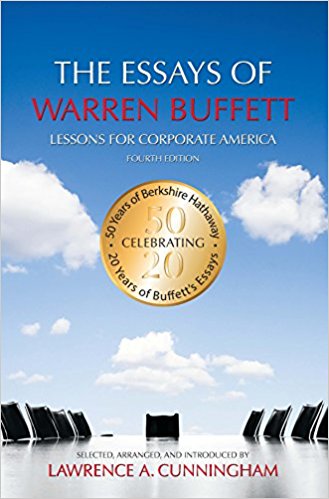
Warren Buffett has been among the richest people in the world for several decades already, and his approach to investment has become a standard for millions of people around the world. The book includes the letters of Buffett to the shareholders of Berkshire Hathaway, written over the past decades. They represent priceless teaching material and reflect the author's deep investment philosophy. In this laconic and easy-to-read book, accurate and aphoristic statements about the nature of business and investment are collected, and important topics for managers and investors are considered. The book is intended for professional and private investors, as well as for students and teachers of economic universities.
The Intelligent Investor: The Definitive Book on Value Investing
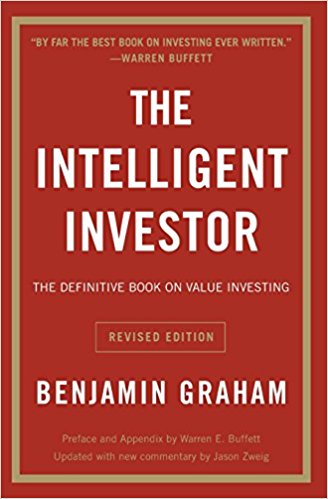
“The Intelligent Investor” is one of the books that must necessarily be on the bookshelf of everyone who want to use the opportunities of the stock market with intelligence to multiply his capital. Becoming a bible of the stock market since its first edition in 1949, to the present time, this classic work of Benjamin Graham gives the reader an efficiently working method of investing based on a comparison of prices and the real cost of shares.
The book examines the fundamental differences between investing and speculation; two types of investors are described - active and passive, together with the main features of investment strategies of each of them. The book will be interesting to a wide range of readers. It can become a handbook for both beginning and professional investors. It is especially useful for students, graduate students and teachers, because it offers a generalized, systematic view of trends that have been forming for decades on the stock market.


